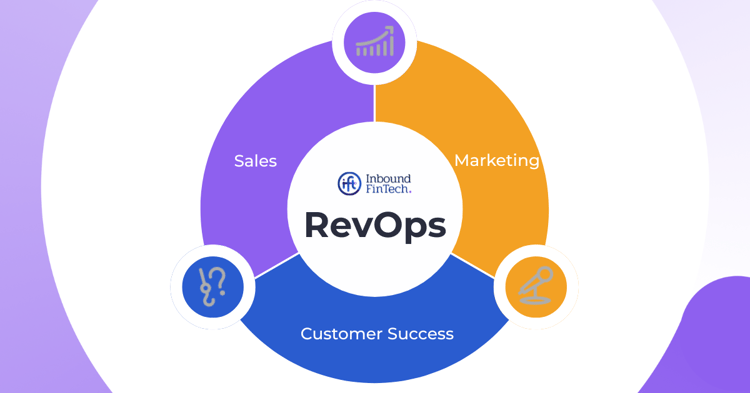
There are no good times more than the end of a project. You have invoiced your client, sent over final deliveries, and working towards the next project in mind. However, this is your time as a team to celebrate the results you achieved. While you celebrate, remember that there is one final work to be completed. This is the post mortem meeting.
Post mortems are part of the lifecycle of every project you undertake as a team. When you use them effectively, your team will be improved regarding their streamlined workflows, internal processes, and how to increase client satisfaction for other projects in future. The following suggestions can be important to maximize the benefits reaped from a post mortem meeting.
1. Transform the Meeting Insights to Action
This is the most important advice for those who are looking to get the most effective post mortem meetings. Teams make this effort to host such meetings only to leave them un-acted upon for a greater future. This action deficit defeats the main reason why the post mortem analysis was even conducted. This means we can identify the outcome of a project through workflow outcomes. To fight this, you must set apart time after the meeting to convert your work abilities and review your notes.
2. Document the Post Mortem
A designed note-taker should be present in every post-mortem meeting. The responsibility of that person is to document the points brought up in the meeting and have them shared after the end of the meeting. While they are not required to take note of every word, they can focus on what caught the attention of the discussion. A formal record of your meeting is the meeting codes. Your team can be referenced from your team. Your team will be accountable for what you discussed.
3. Encourage the Attendees to Dig Deeper
Most team members work hard to just talk about the tangible outcomes of the project leaving behind what needs to be done to improve their performance for future projects of the same kind. Many outcomes of a project can be traced back into the inefficiency of the company structure or process. For these problems to be hindered from occurring in the future, the source of the problems must be identified to determine the solutions to change, maintain, and improve on your business areas. Strategies are out there to help dig deeper into the cases of problems from PagerDuty.
4. Never play Blame Games
People often engage in blaming others for a mistake as it is like human beings. They do so while downplaying their success. Your meeting will derail quickly if you allow the attendees to note the mistake-bearers. These post mortem meetings should focus on correcting mistakes than pointing out fingers. You will create a toxic environment for change if you concentrate on finding out who missed scope increases, deadlines, or cost overruns. Remind them that this meeting is for correction and learning purposes. This makes the team understand why mistakes may happen as well as how they can correct these mistakes for a brighter future.



More Stories
The Future of Business: Key News to Watch
This Week’s Business News: What’s Trending Now
The Latest Business News You Need to Know